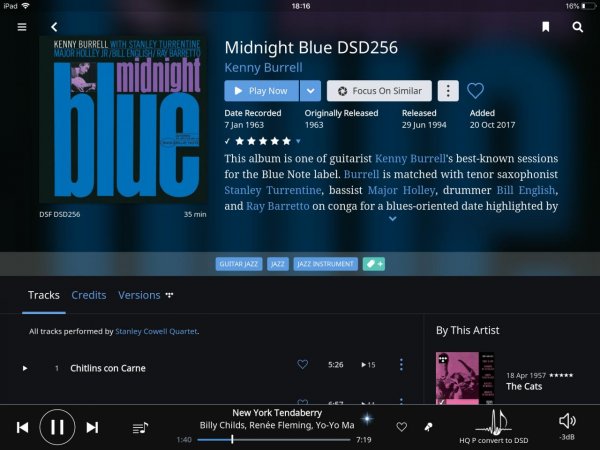- If I were to name two such concentric systems, it would be mine and Al's. We pretty much hear the same way and have very similar goals; the approach may be different, but the results are very similar
Since last time I visited, the settling of the treble was quite obvious - be it the DeOxit, break-in, or otherwise. We played a number of tracks and I noticed the following:
- Great transient speed and transparency
- Great scale
- Truly metallic low-register piano notes (not there before, and something I had pointed to Al back then)
- A bit higher noise floor than what I am used to, masking a few things and showing a bit of graininess on low-level information
- A little less separation of instruments than what I hear at home, with a little less clarity
- Spectacular micro-dynamics
- Great string tone, really shines!
- Great palpability and presence
- Redbook is coming of age and can sound like analog
- Man, these Octave amps are a true wonder of electrical engineering; love the build quality, operation and those incredible KT-150 tubes
In terms circle shape and size, it's all subjective, and I won't go there right now, but I would say that we all need to perfect the perimeter as much as possible, before we make the circle larger. Having said that, I REALLY enjoyed the sound, and suggested to Al that he get a reclining chair, because I could easily spend a whole day listening to his system, as I do in mine.


